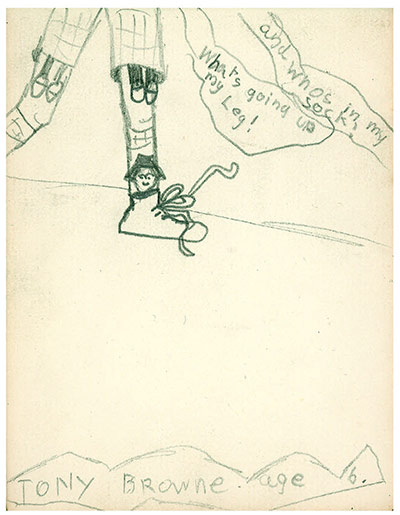
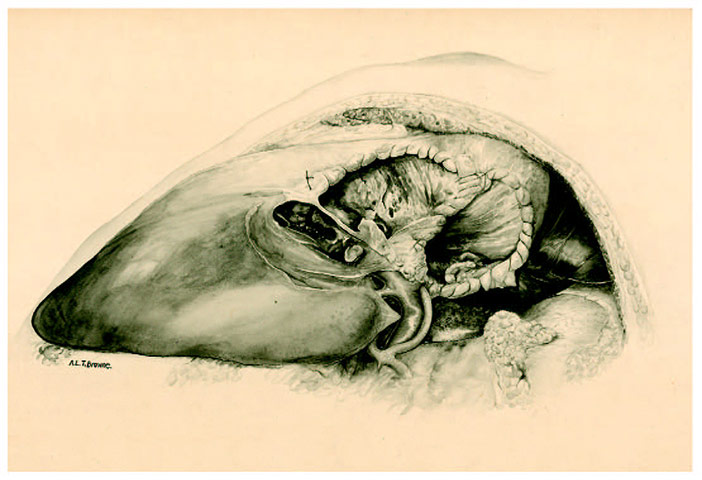
Photograph: The University of Manchester Photograph: Action images
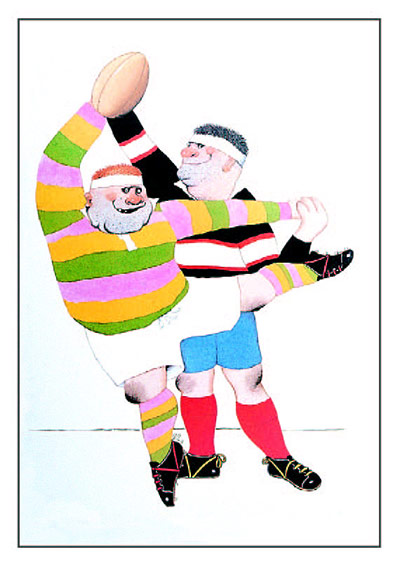
Photograph: Anthony Browne Photograph: Action images
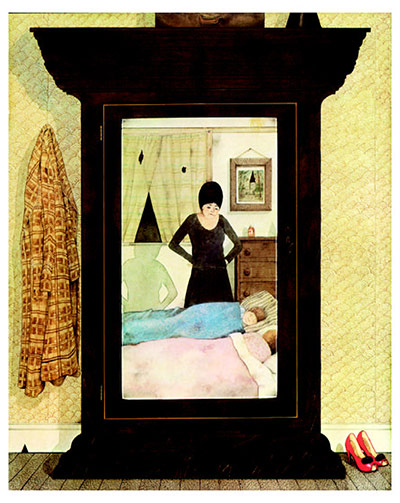
Photograph: Walker Books Photograph: Action images
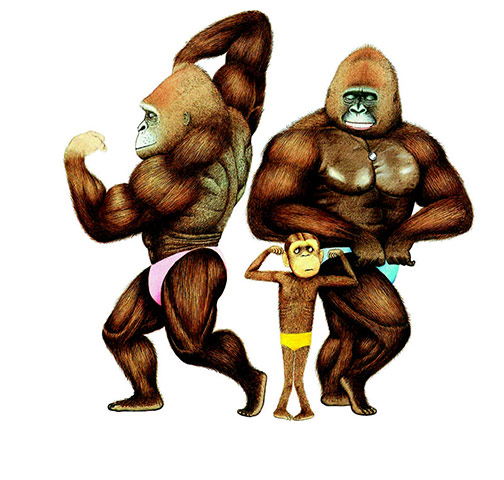
Photograph: Walker Books Photograph: Action images

Photograph: Walker Books Photograph: Action images

Photograph: Walker Books Photograph: Action images
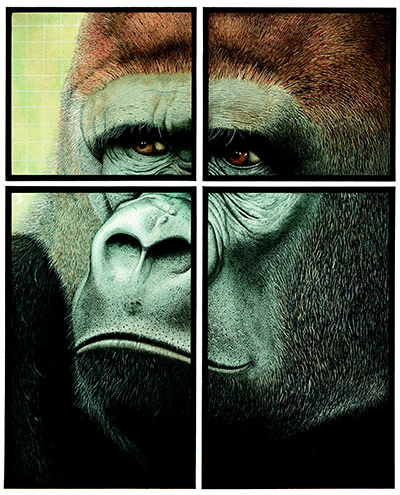
Photograph: Random House Photograph: Action images

Photograph: Random House Photograph: Action images
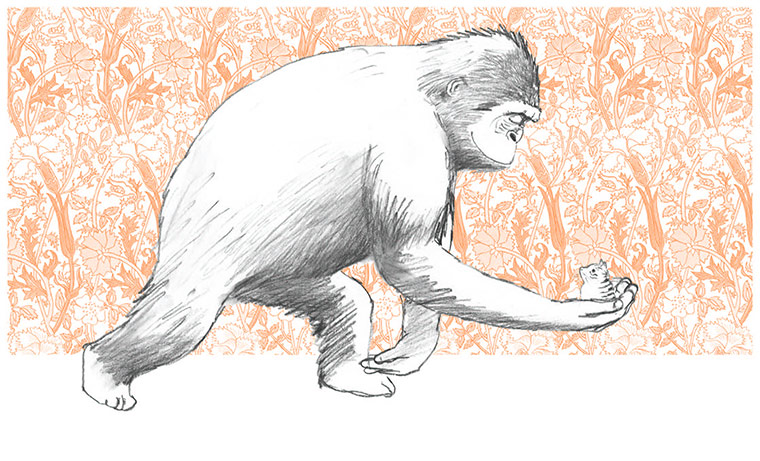
Photograph: Walker Books Photograph: Action images
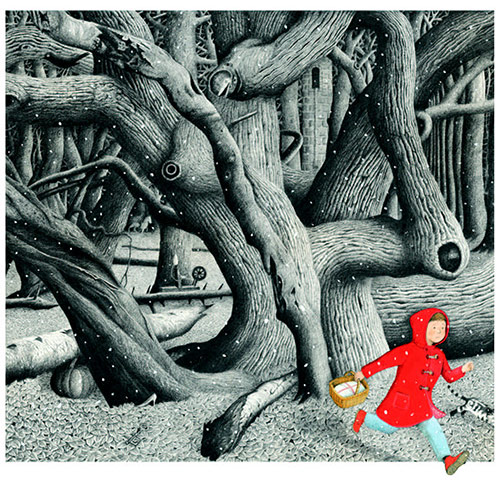
Photograph: Walker Books Photograph: Action images

